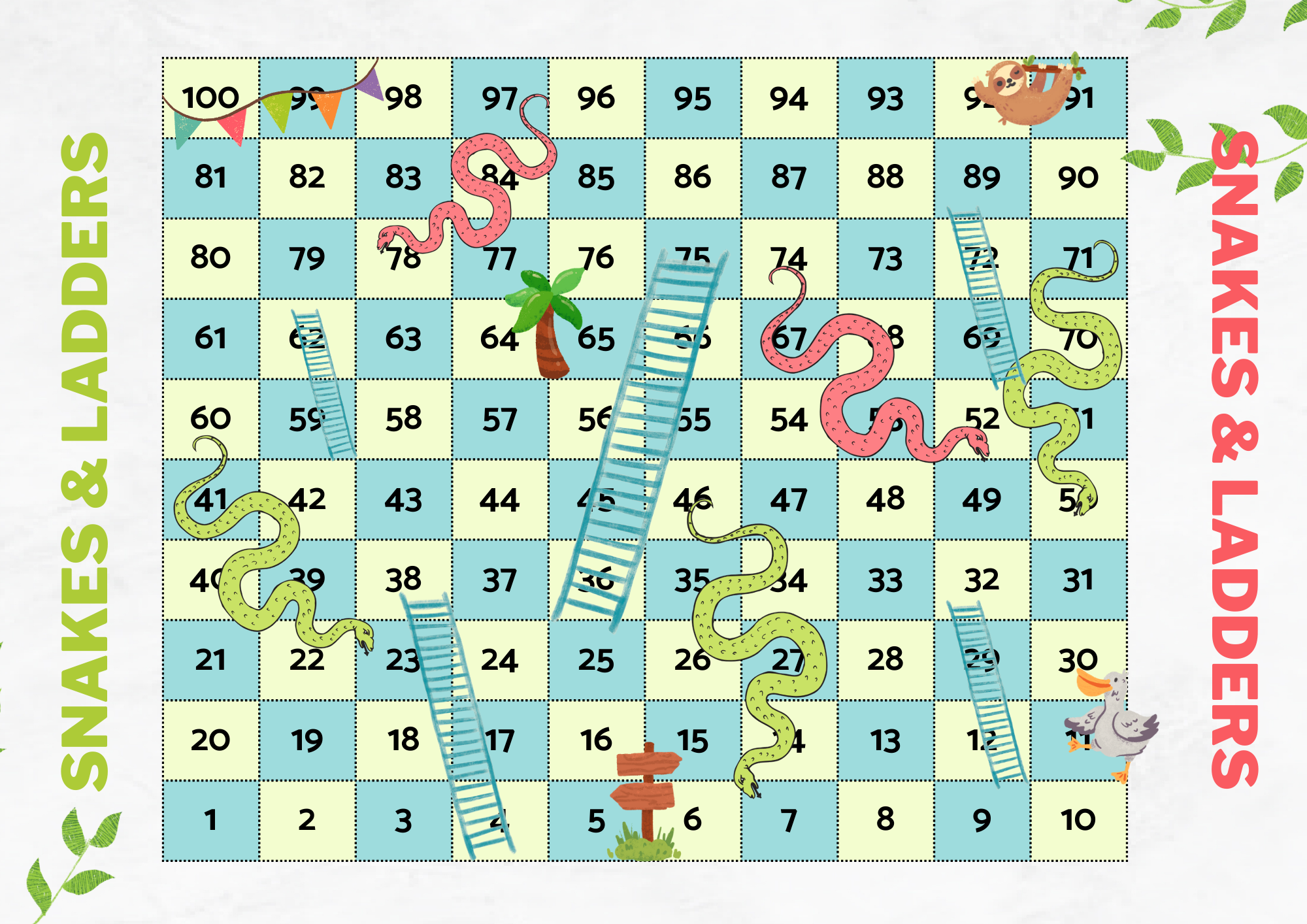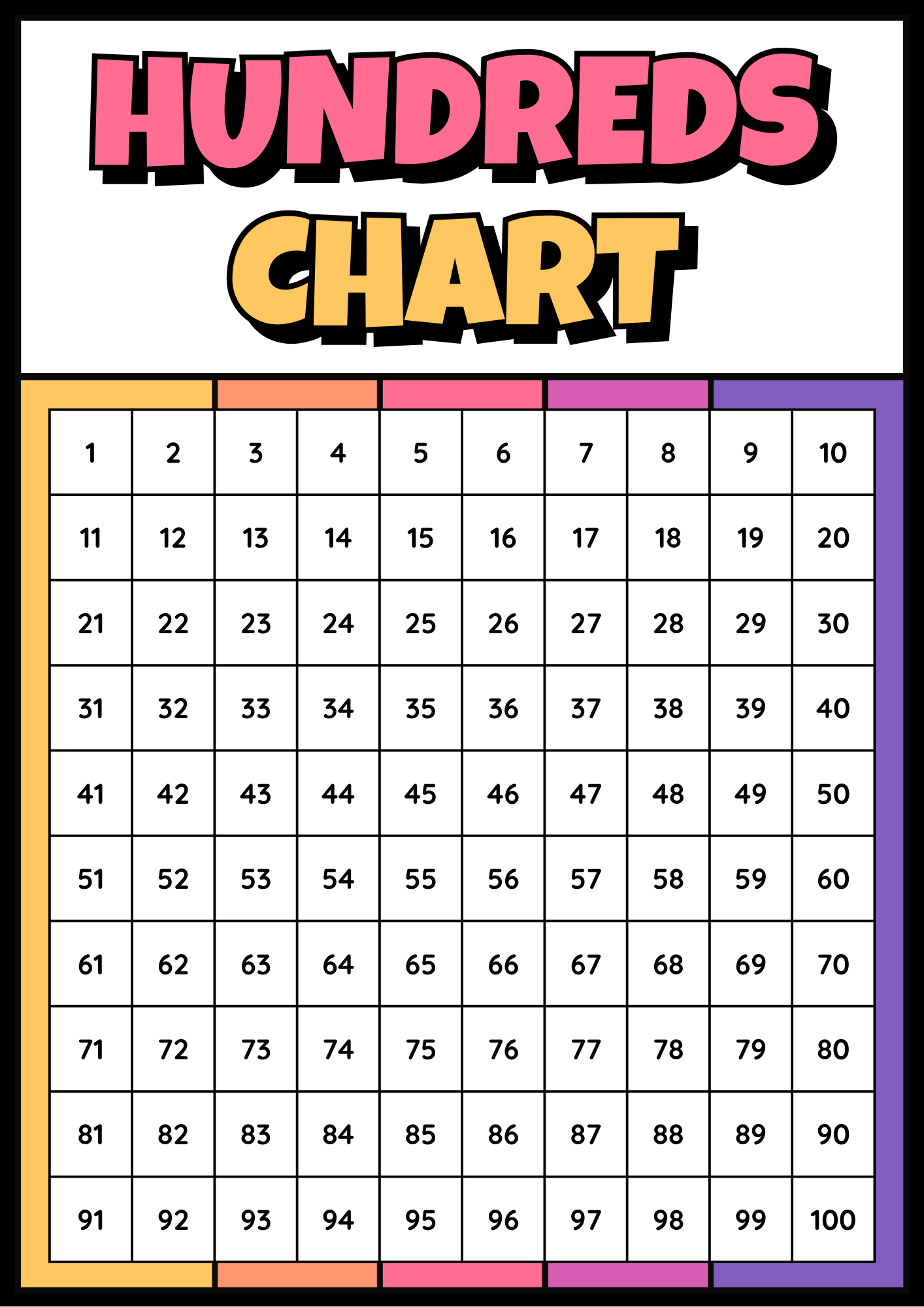By Jenna Somers
Many young children struggle in math due to difficulty in understanding place value and calculating with two-digit numbers. But would the burden of learning these foundational concepts ease if they were introduced to children through the fun of playing a board game?
A multi-institutional research team, including scholars from Vanderbilt Peabody College of education and human development, seeks to answer that question. To improve young children’s numeracy learning, the researchers are examining the use of a modified board game layout designed to help children recognize and use numerical patterns. Understanding how to look for and make use of predictable patterns—known as “patterning lens”— may help children comprehend place value and two-digit number calculations, both of which are important building blocks for proficiency in more advanced math.

“Number board games are a fun, interactive way to help children learn about numbers. We think small changes to current number board games could help children learn even more from game play,” said Bethany Rittle-Johnson, the study’s principal investigator, professor of psychology and human development, and Anita S. and Antonio M. Gotto Chair in Child Development at Peabody College.
Rittle-Johnson is collaborating with co-principal investigators Emily Fyfe, PhD’15, associate professor of psychological and brain sciences at Indiana University Bloomington, and Elida Laski, associate professor of applied developmental psychology at Boston College. Their work is supported by a grant from the National Science Foundation.
The research team will assess learning outcomes for place value, number comparison, and arithmetic among 100 public school students, ages five to seven. Students will take a test before and after they play four board game sessions on one of two different styles of number board games: a traditional linear layout and one that offers support for pattern recognition.

Traditional number board games, such as Snakes and Ladders, organize numbers linearly, snaking back and forth as a player proceeds up the board. This layout may miss opportunities to teach students the underlying structure and patterns inherent in the base-10 number system.
The research team is testing a modification of this board game style for its efficacy in supporting children’s number knowledge. They have created a 0 to 100 numerical board game that organizes numbers in a 10 by 10 grid with numbers ascending from left to right. Numbers ending in the same ones digit align vertically, similar to a hundreds chart. Visual cues, such as the ones digit repeating in each decade, highlight numeric patterns.

Children also draw “question” cards and answer questions that prompt them to look for patterns on the board, for example, “What stays the same?” or “What is different?”
The study design will offer essential evidence to refine the theory about how a patterning lens promotes early numeracy learning and offer valuable insight on the process of numeracy development over the course of the game-playing sessions.
Additionally, this research could inform the design of educational games and learning technologies to capitalize on children’s natural tendencies to look for patterns as well as provide empirical evidence for the benefits of a hundreds chart as a tool for promoting numeracy learning.
In 2024, the National Science Foundation’s Education Core Research Program supported this project under Award No. 2400562. Any opinions, findings and conclusions or recommendations expressed in this material are those of the author(s) and do not necessarily reflect the views of the National Science Foundation.